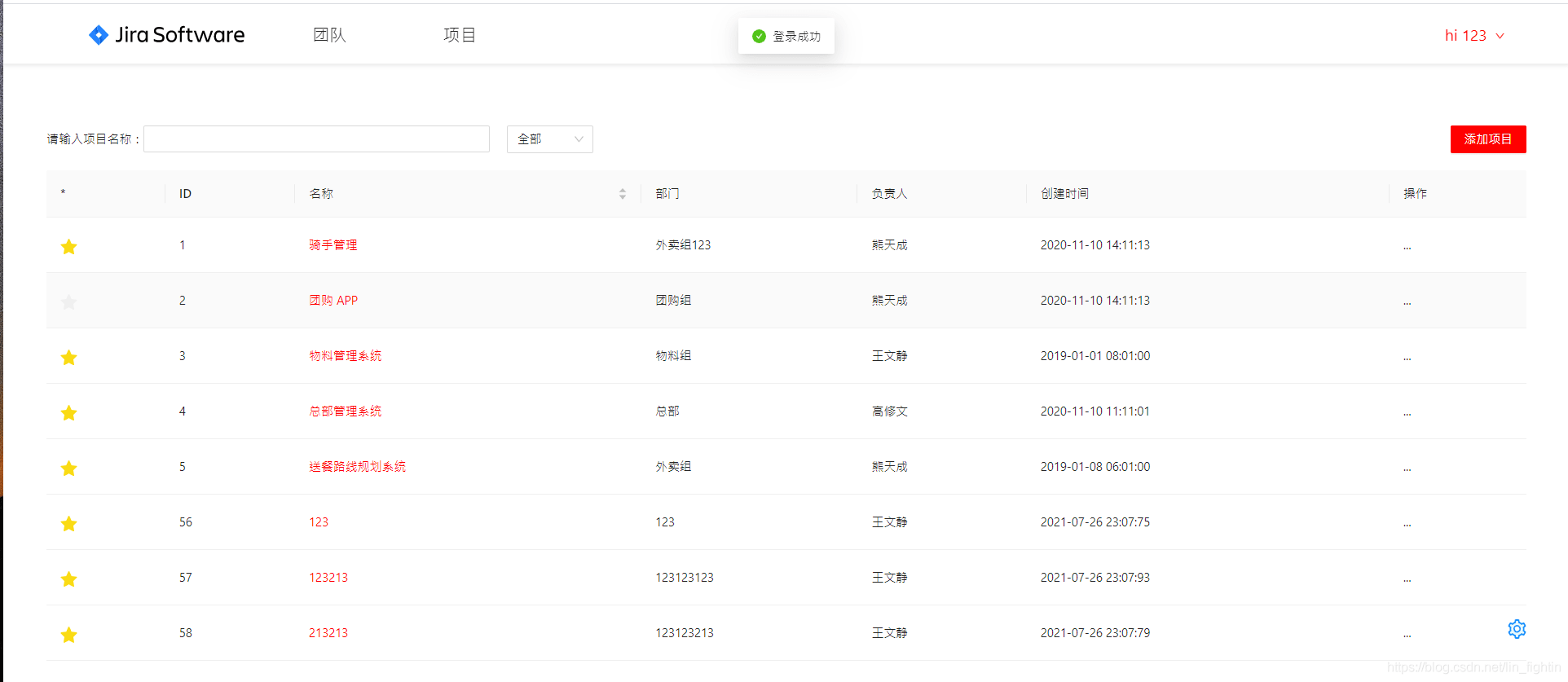React.Children是顶层API之一,为处理this.props.children这个封闭的数据结构提供了有用的工具。
this.props对象的属性与组件的属性一一对应,但是有一个例外,就是this.props.children属性。它表示组件的所有子节点。
1、React.Children.map
object React.Children.map(object children, function fn [, object context])
使用方法:
React.Children.map(this.props.children, function (child) {
return <li>{child}</li>;
})
其他方法
this.props.children.forEach(function (child) {
return <li>{child}</li>
})
在每一个直接子级(包含在 children 参数中的)上调用 fn 函数,此函数中的 this 指向 上下文。如果 children 是一个内嵌的对象或者数组,它将被遍历:不会传入容器对象到 fn 中。如果 children 参数是 null 或者 undefined,那么返回 null 或者 undefined 而不是一个空对象。
<script type="text/jsx">
var NotesList = React.createClass({
render: function() {
return (
<ol>
{
React.Children.map(this.props.children, function (child) {
return <li>{child}</li>;
})
}
</ol>
);
}
});
React.render(
<NotesList>
<span>hello</span>
<span>hello</span>
</NotesList>,
document.body
);
</script>
这里需要注意,this.props.children的值有三种可能:如果当前组件没有子节点,它就是undefined;如果有一个子节点,数据类型是object;如果有多个子节点,数据类型就是array。所以,处理this.props.children的时候要小心。
React提供一个工具方法React.Children来处理this.props.children。我们可以用React.Children.map来遍历子节点,而不用担心this.props.children的数据类型是undefined还是object。
传入如下ReactElement:
<NotesList> <span>hello</span> <span>hello</span> </NotesList> //返回两个子节点 <NotesList></NotesList> //返回undefined <NotesList>null</NotesList> //返回null
2、React.Children.forEach
React.Children.forEach(object children, function fn [, object context])
类似于 React.Children.map(),但是不返回对象。
3、React.Children.count
number React.Children.count(object children)
返回 children 当中的组件总数,和传递给 map 或者 forEach 的回调函数的调用次数一致。
render: function() {
console.log(React.Children.count(this.props.children)); //2
return (
<ol>
{
this.props.children.forEach(function (child) {
return <li>{child}</li>
})
}
</ol>
);
}
不同的ReactElement,输出count值:
<NotesList> <span>hello</span> <span>hello</span> </NotesList> console.log(React.Children.count(this.props.children)); //2 <NotesList></NotesList> console.log(React.Children.count(this.props.children)); //0 <NotesList>null</NotesList> console.log(React.Children.count(this.props.children)); //1
4、React.Children.only
object React.Children.only(object children)
返回children中仅有的子级。否则抛出异常。
这里仅有的子级,only方法接受的参数只能是一个对象,不能是多个对象(数组)。
console.log(React.Children.only(this.props.children[0])); //输出对象this.props.children[0]
以上就是React.Children的用法详解的详细内容,更多关于React.Children的用法的资料请关注其它相关文章!

